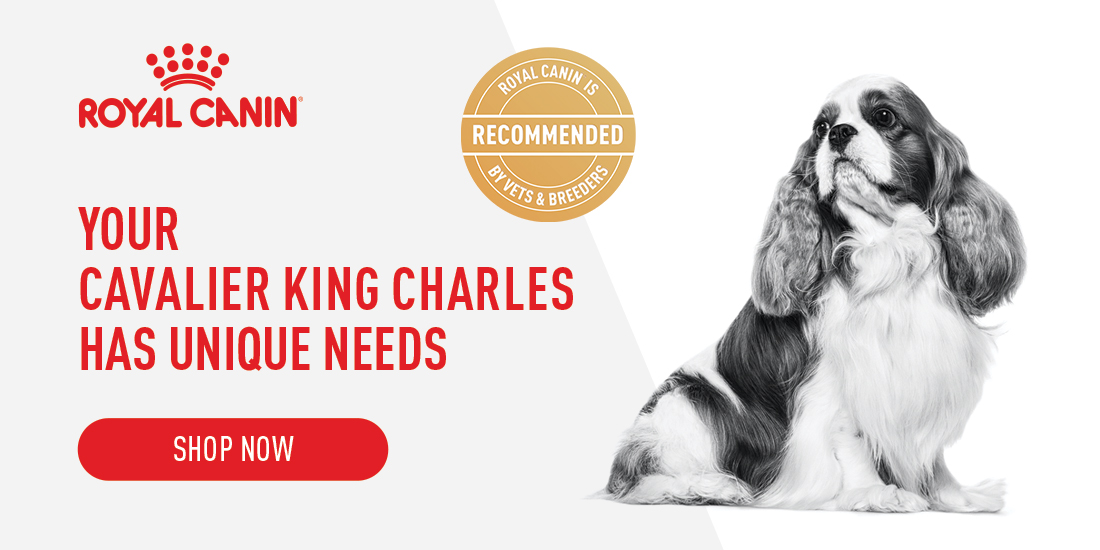Dog Breed
Cavalier King Charles Spaniel
Freindliness
Exercise Needs
Health Issues
Barking Tendencies
Grooming Needs
Shedding Level
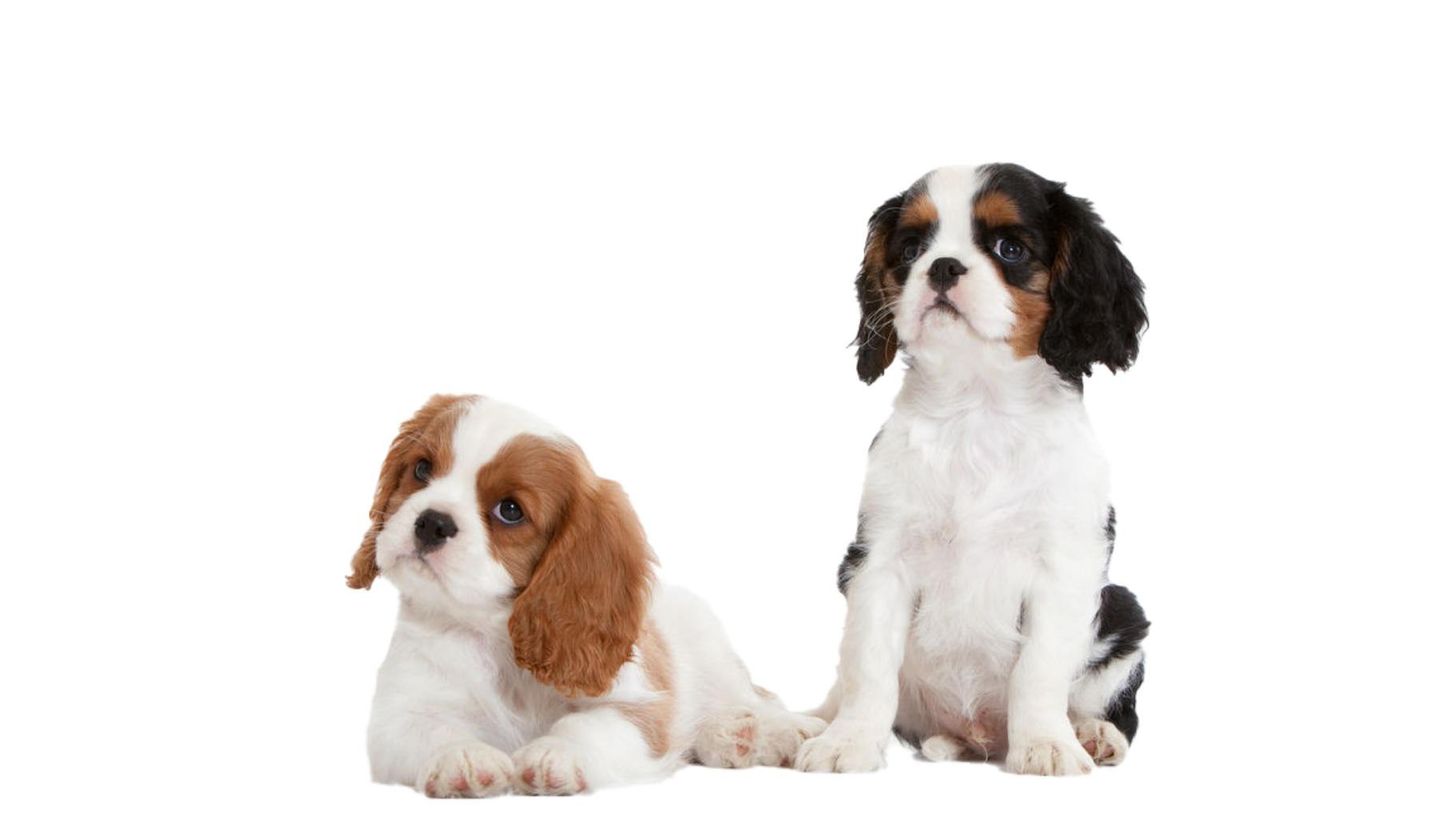
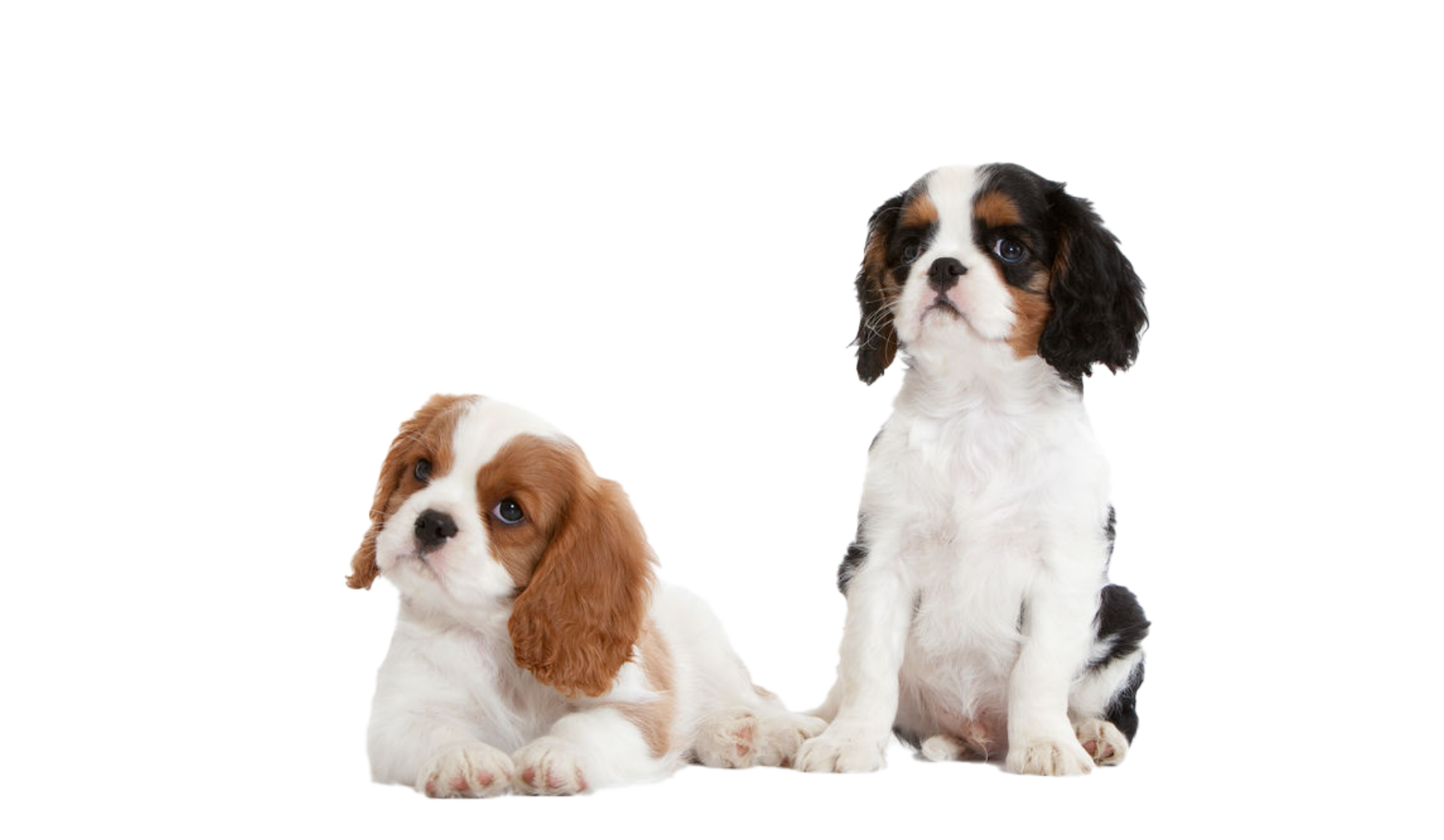
Royal family member
If there’s one word that best sums up Cavalier King Charles Spaniels, it’s ‘adaptable’. This toy dog breed is sweet and gentle and is happiest when they’re doing whatever you’re doing. Easy going and laid back, they’ll fit into your lifestyle perfectly, whether you’re active and outdoorsy or inside and sofa-snuggly - they can (and will) do it all!
They’re also super playful and loving. So if you’re looking for a family pet to share adventures with, a Cavalier King Charles Spaniel is a great choice.
Caring for your Cavalier King Charles Spaniel
Nutrition
Choosing the right food
Every dog is unique. From the small, flat-faced Pug to the obesity-prone Labrador Retriever. ROYAL CANIN® Breed Health Nutrition is tailor-made to address the unique needs of pure breed dogs. These breed specific formulas benefit from the latest ROYAL CANIN® research on the selection of the best protein sources, unique nutrients and tailor-made kibbles.
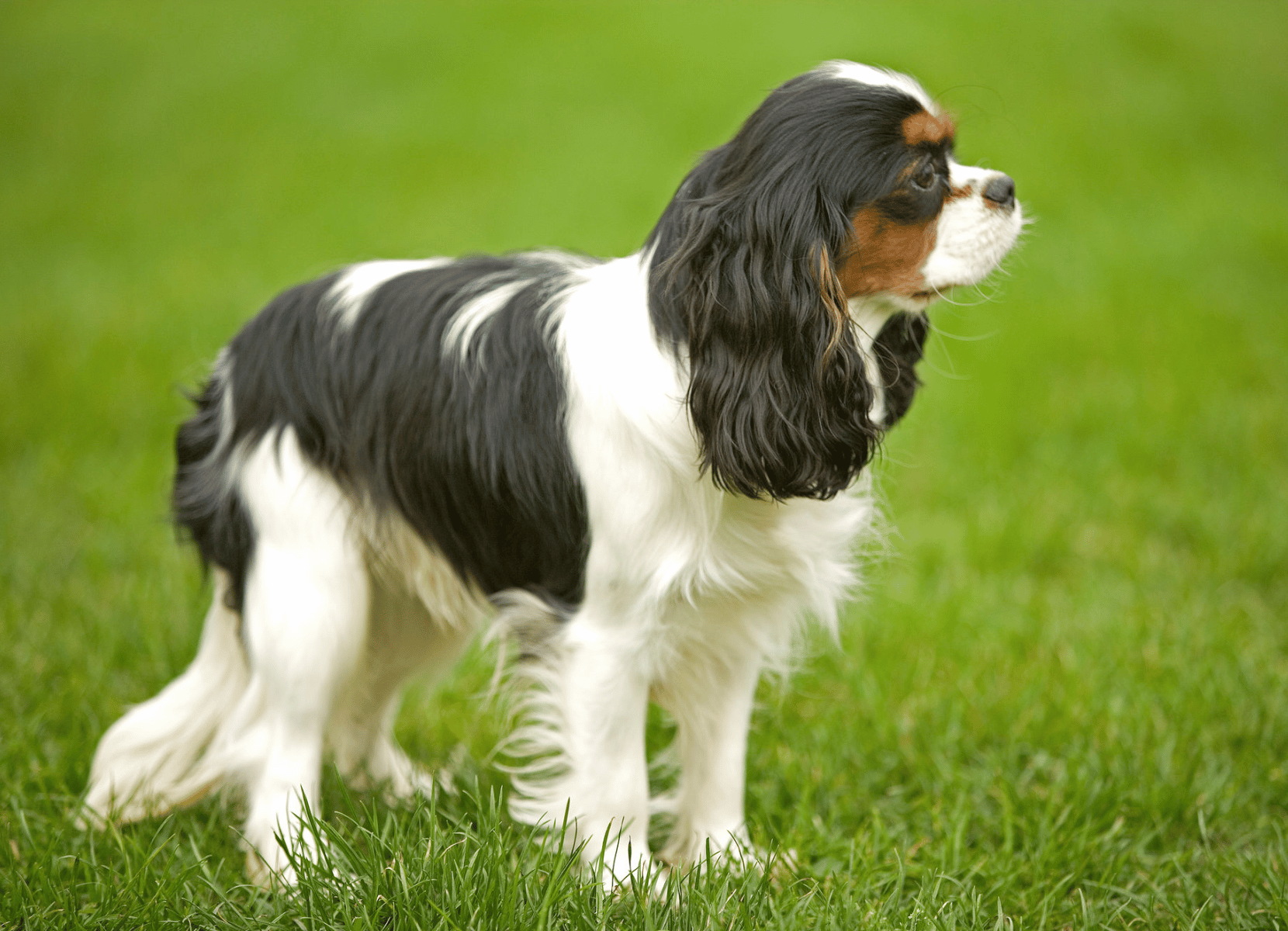
Exercising your dog
Although bred to be a lap dog, Cavalier King Charles Spaniels are descended from sporting dogs (dogs that are born to hunt). This means that Cavaliers enjoy some exercise and being outside as much as they enjoy hunkering down on the sofa all day.
They do well with about one hour of exercise each day, which can include one or two 20- to 30-minute walks and some play or training time. They’ll happily come on a long walk with their fam but it won’t be a particularly quick walk - they’re not known for their speed!
With their in-built scenting and hunting instincts, letting a Cavalier King Charles Spaniel off-lead is a no-no. A harness could help prevent them slipping out of their collar if they make a dash for it.
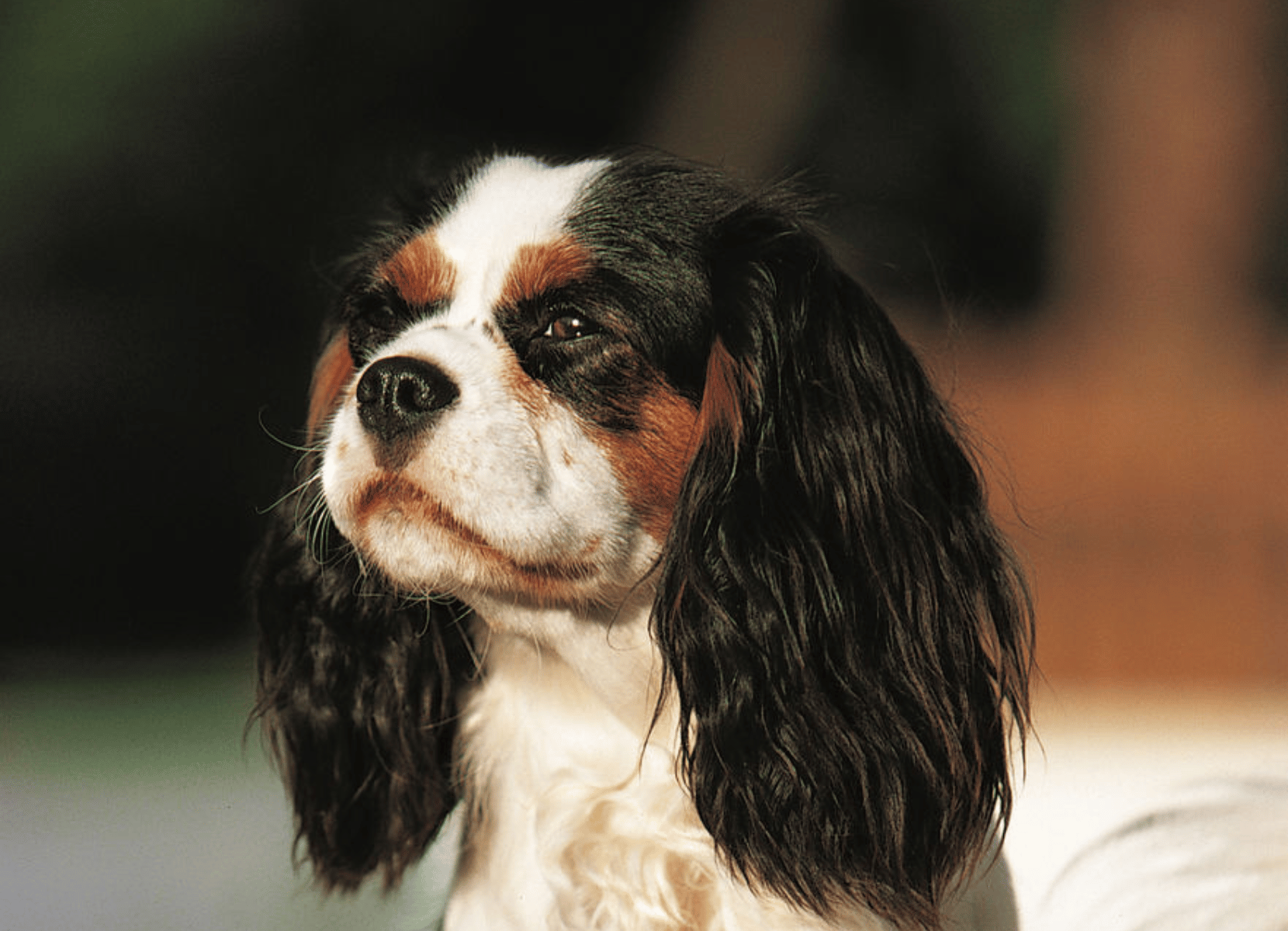
Training your Cavalier King Charles Spaniel
Born people-pleasers, smart Cavalier King Charles Spaniels are eager to impress their human parents - expect them to pick up new commands and tricks easily. Like most breeds, they respond well to your attention, especially when it comes with rewards, like delicious treats.
Early socialisation and puppy classes will help your Cavalier learn their manners and to gain confidence.
These laid back pups are famously friendly with everyone they meet. However, they might go through a ‘teenager’ phase as they hit puberty when they’re around 6 to 8 months old. You might notice them becoming distant or shy around people. Support them through this time, ensure you have treats on hand to make meeting new people a positive experience.
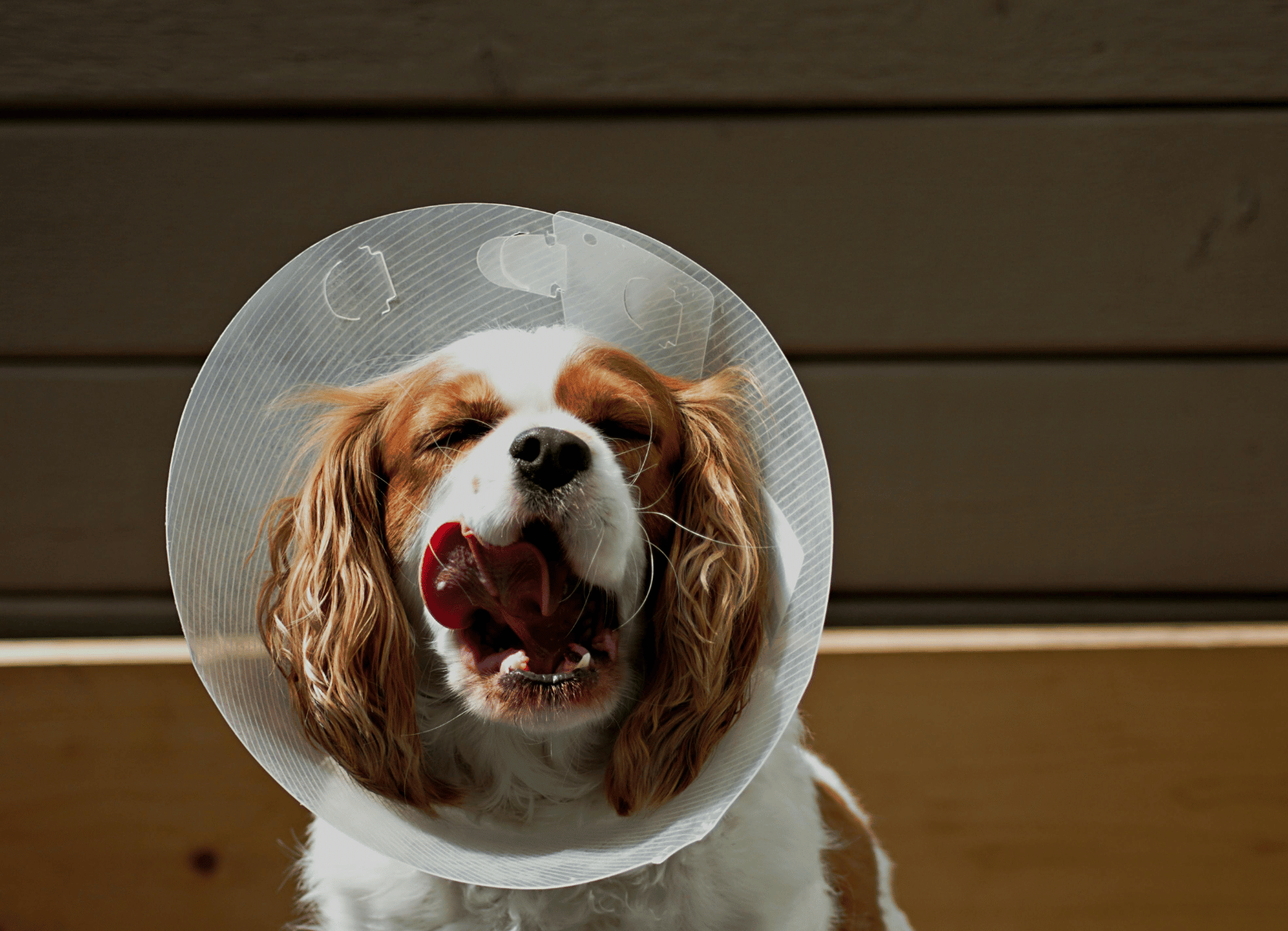
Your dog's health
By recognising health problems in Cavalier King Charles Spaniels early you can seek advice and treatment from a veterinarian.
Reduce the risk of health problems by purchasing a puppy from a responsible breeder. Always inspect breeding facilities and breeding dogs, and never buy from a distant online seller.
Health Issues to watch out for:
Hip Dysplasia
Mitral Valve Disease
Syringomyelia
Eye Problems
Ear Infections
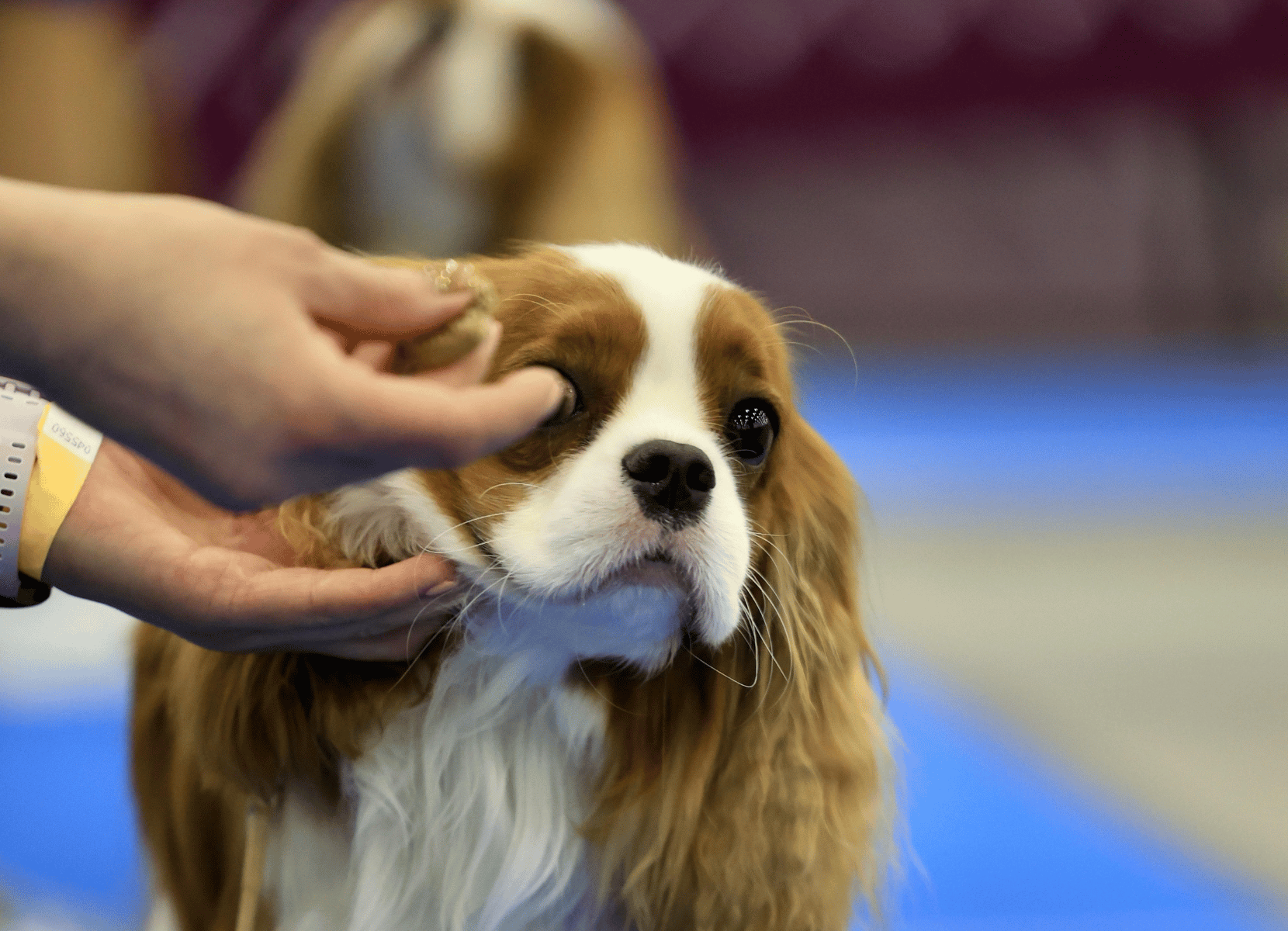
Grooming your dog
Pop a Cavalier King Charles Spaniel in the bath about once a month to keep their coat in tip-top shape. Their coats need regular brushing in between their baths. Their medium-length coat will need to be groomed.
Round-tip safety scissors will ensure you don’t cut your pup’s skin when trimming between their toes. After their monthly bath, give their nails a quick trim and maybe throw in a full-body massage while you’re at it. Cavaliers just love being pampered and it’s a great opportunity to check for bumps, scratches, ticks and more.
Check their long ears weekly to make sure they’re healthy, and give them a wipe clean. If they’re red or swollen, it can be a sign of infection and that it’s time for a vet visit. Finally, brush their teeth a few times a week to keep plaque and tartar at bay.
Key characteristics of
Cavalier King Charles Spaniels
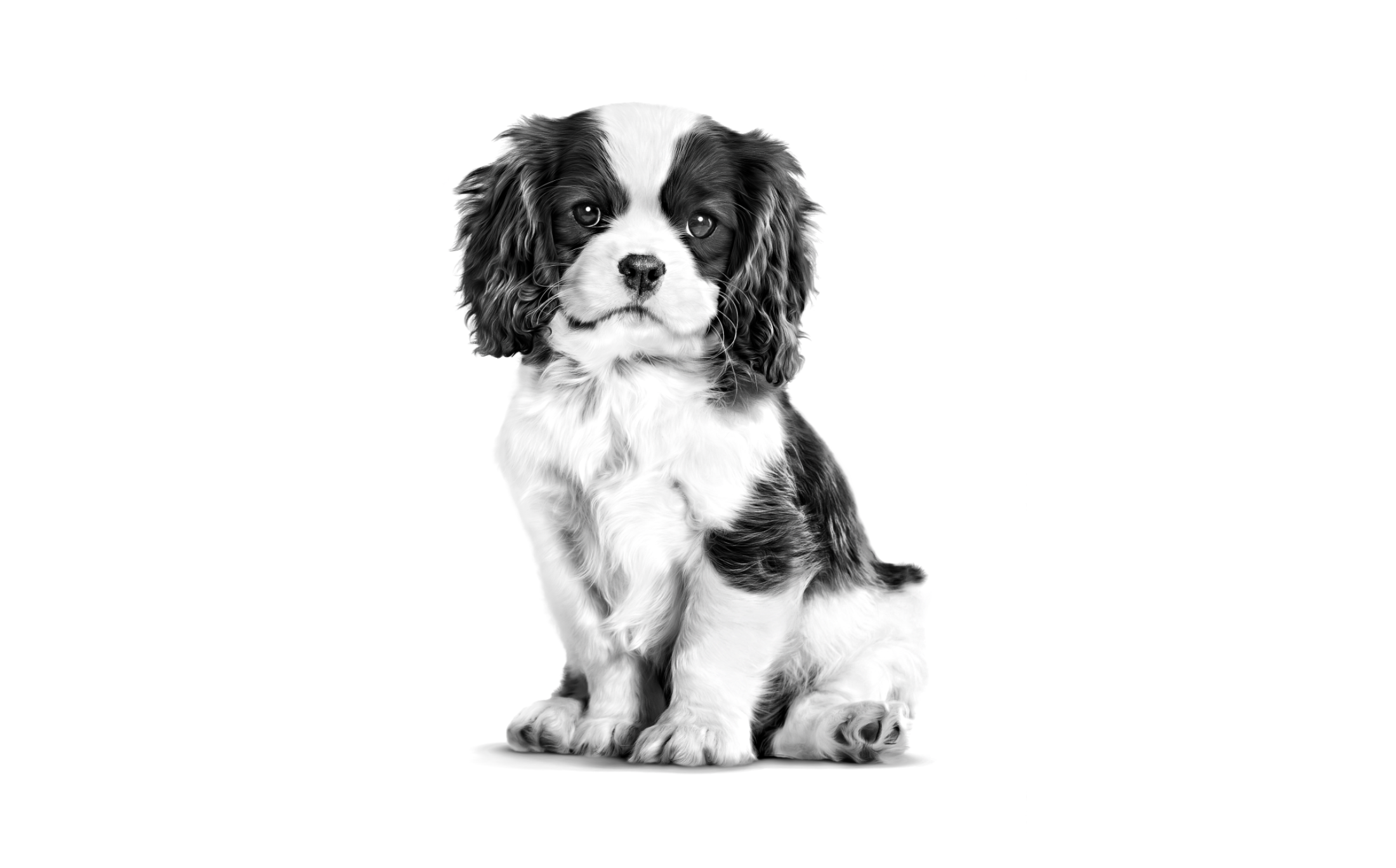
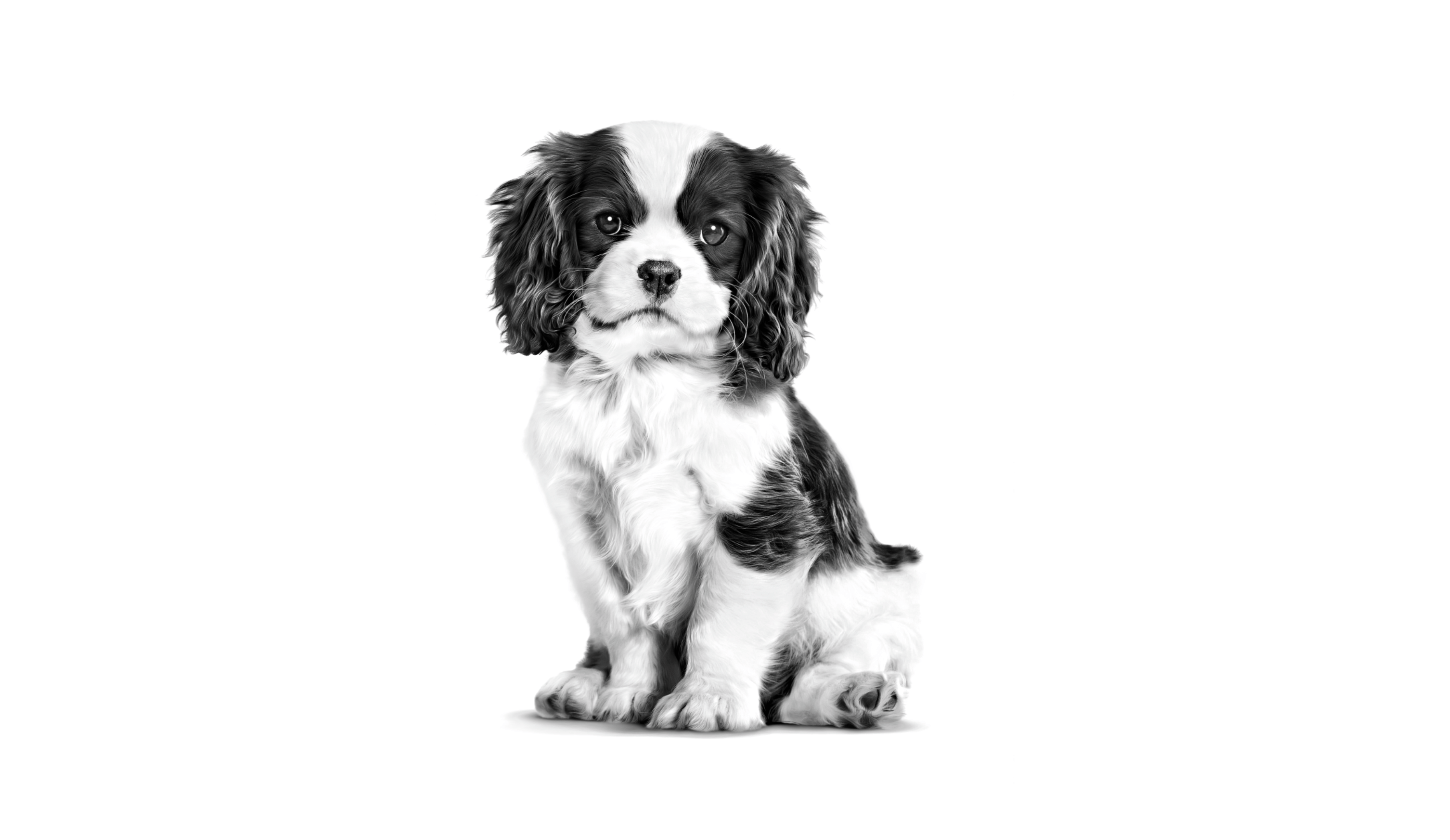
Cavalier King Charles Spaniel FAQs
If you’re researching Cavalier King Charles Spaniels, you already know they’re sweet, snuggly, and sociable. But beyond their affectionate nature, there are some extra details pet parents often want to know. Below, we answer five frequently searched questions to help you decide if this royal breed is right for your home.
Do Cavalier King Charles Spaniels drool a lot?
No, Cavaliers are not heavy droolers. Unlike some larger breeds, they have a fairly dry mouth and typically only drool around mealtime or if excited. If your Cavalier is drooling excessively, it’s best to check in with your vet to rule out dental issues or nausea.
Are Cavalier King Charles Spaniels easy to toilet train?
Yes, Cavaliers are smart and eager to please, making them one of the easier toy breeds to housetrain. Consistency, positive reinforcement, and puppy pads in the early weeks help form good habits quickly.
Can Cavalier King Charles Spaniels handle New Zealand’s climate?
Yes, Cavaliers generally adapt well to seasonal changes in New Zealand. Their medium coat offers light insulation, but they may need extra care in hot weather, such as walks during cooler hours and plenty of fresh water.
Do Cavalier King Charles Spaniels shed much?
While their coat is medium-length, Cavaliers do shed moderately year-round. Regular brushing two to three times a week helps manage loose hair and keeps their silky coat in top condition.
Are Cavalier King Charles Spaniels good for senior citizens?
Absolutely. Their gentle nature, moderate exercise needs, and love of companionship make them a popular choice for older adults. They thrive in calm households and enjoy a relaxed routine.
These FAQs offer extra insight into daily life with a Cavalier King Charles Spaniel. With their gentle hearts, trainable minds, and elegant charm, they’re an ideal companion for homes big or small — especially if you love cuddles, loyalty, and a touch of royalty.


